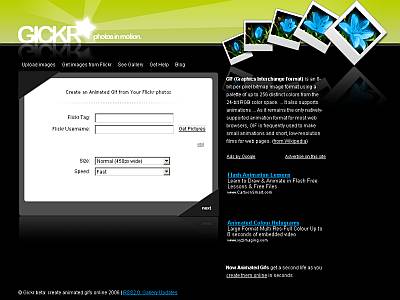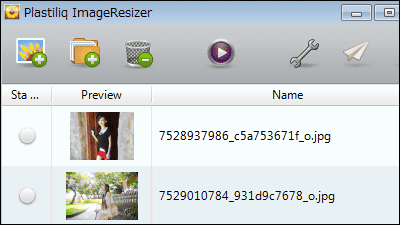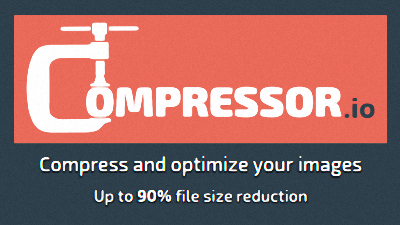Which image files are least susceptible to corruption: JPEG, PNG, TIFF, or HEIC?

In this day and age, many people take photos with their smartphones, but when you want to keep your photos for the future, you may be wondering what format to choose for storing them in. So, an experiment was conducted to intentionally destroy photos in four formats, TIFF, PNG, JPEG, and HEIC, to find out which photo had the highest recovery rate.
File Integrity 6: Which image format is most resilient? – The Eclectic Light Company
Howard Oakley , founder of The Eclectic Light Company, a media outlet about macOS and painting, and a Mac developer, used Vandal, an original tool for destroying image data, to destroy images in his experiments. Vandal creates changes of 1 to 8 bytes per image, so the image files used in the experiment were relatively small, at 1 to 2 MB. Although it was a very small act of destruction, the images were actually damaged, and although they could be opened normally, it was difficult, if not impossible, to repair them.
◆JPEG
When corrupting a JPEG file, even small changes such as 2 bytes out of 2MB, or 4 bytes out of 4MB, caused the image to show 'horizontal lines.' As the number of bytes increased to 8 bytes, 16 bytes, and so on, the visual changes became more noticeable.
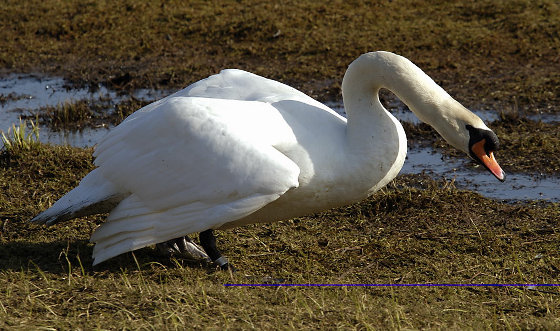
It was also found that compressing JPEG files by 80-100% caused more damage.
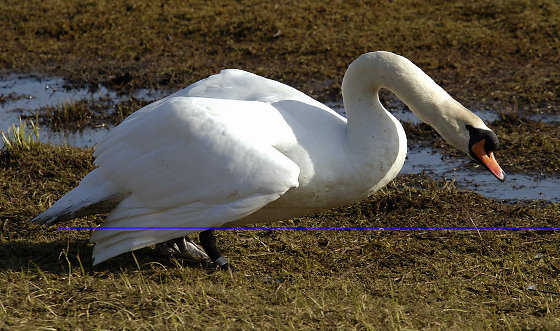
The lossy JPEG format showed less noticeable damage, while
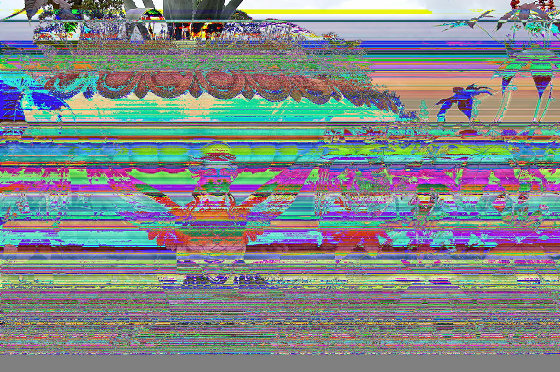
◆PNG
'Even the slightest bit of corruption can have a very devastating effect on PNG images,' Oakley said. When he made a small change to the image, a few bytes in size, the top half of the image remained the same, while the bottom half was completely different.
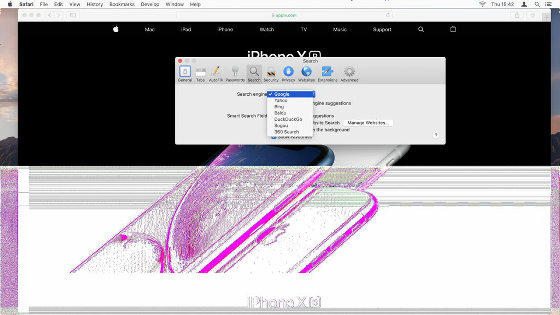
When we further corrupted a few bytes, more and more of the image became invisible. 'If there's even the slightest chance of image corruption, we don't recommend saving it as a PNG,' Oakley said.
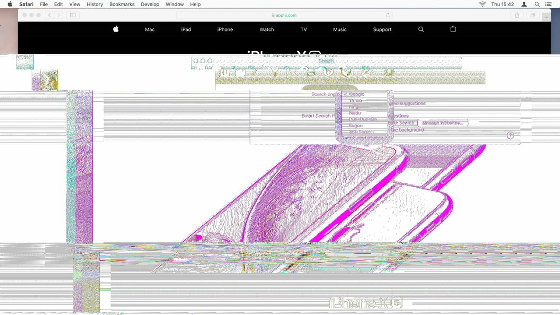
◆TIFF
Uncompressed TIFF files are large, so if the damage is only a few bytes, the image appears to be completely undamaged. However, when compressed at a ratio of 1:2, some parts are blacked out and the image becomes unusable. It is recommended not to compress TIFF files if there is a possibility of damage.

◆HEIC
It turns out that the default HEIC format for photos taken on iPhones can corrupt a few bytes of an image, resulting in peculiar little rectangles.
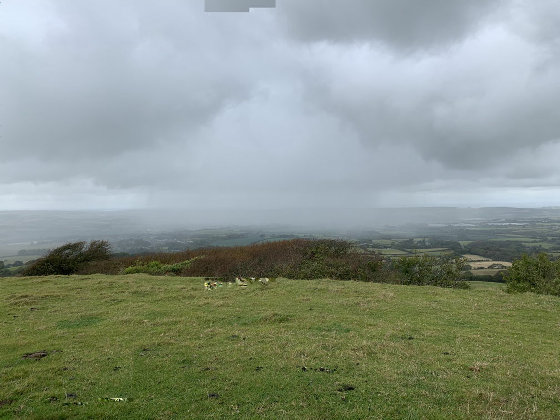
If the damage is small, it doesn't affect the whole photo much, but as the number of damaged bytes increases, the number of rectangles increases and the photo becomes meaningless. For this reason, HEIC is not suitable when there is a possibility of image damage.

...So, Oakley concludes that the most resilient image format is 'TIFF'. However, since the image size is large, it is suitable for use as a 'backup image' to prevent damage. JPEG also has a relatively small impact on the image due to damage, and is resilient if used carefully. Another feature of JPEG is that it is easy to repair and retouch as needed. If the file size of a JPEG image is less than 10MB, using MacPAR deLuxe to protect the ECC memory will further increase the resilience. And because HEIC is susceptible to damage, it is recommended to convert it to JPEG and save it.
Related Posts:
in Note, , Posted by darkhorse_log



